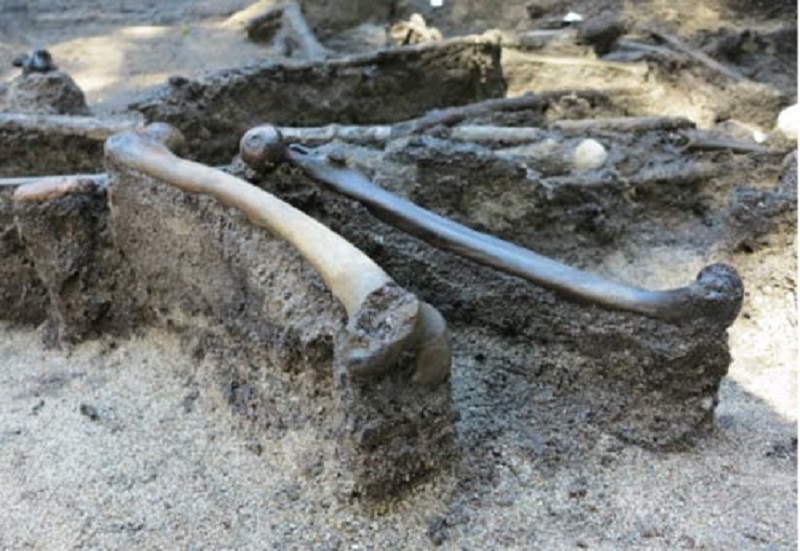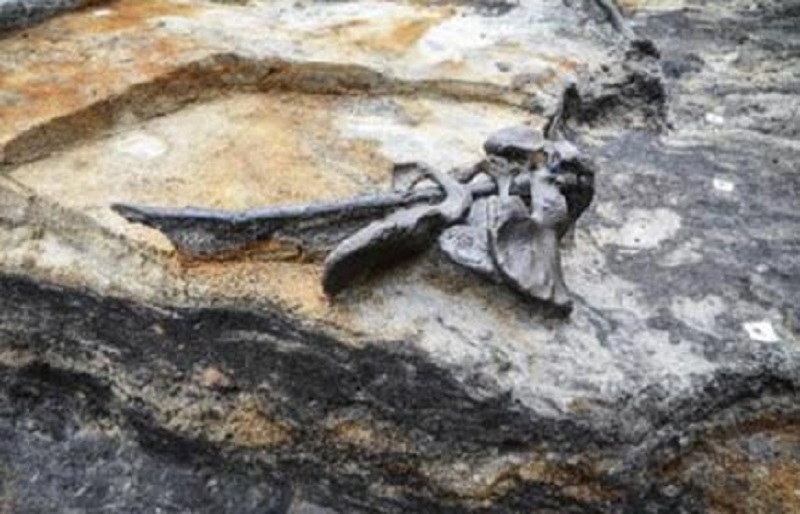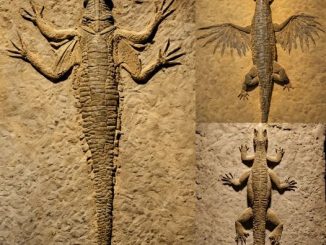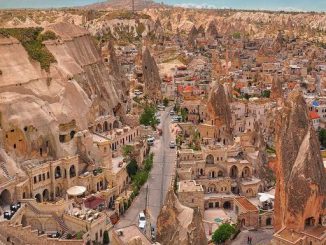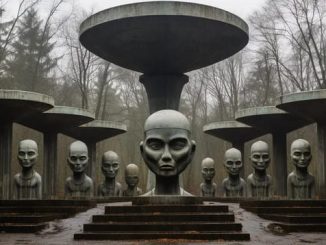In a dark and murky swamp on a wet grassland in Alken, Denmark, archaeologists made an astonishing discovery – the bodies of an army of soldiers dating back some 2,000 years. More than two hundred ancient warrior skeletons were unearthed in 2009, along with a handful of spear points, shields, clubs and axes. Scientists have been studying them ever since, trying to piece together their final moments.
The excavation took place in an area near Lake Jutland in Denmark, and it was not an easy job as the bodies were located about two meters below the surface of the swamp. According to Ejvind Hertz, Curator of Archeology at Skanderborg Museum, the low oxygen content in the water slowed down the decomposition process so the bones remained in a well-preserved state.
The human remains, found to belong to males between the ages of about 13 and 45, date to a time when the Roman Empire had extended its northern frontier about 285 miles south of Alken. This expansion led to unrest, conflicts with Germanic tribes, and increased militarization of the local population, leading researchers to believe that the men died in battle and the bodies of they were thrown into the swamp. Indeed, their bones reveal traumatic injuries such as cuts, scrapes, and blows from swords, axes, and other weapons.
Femurs of dead warriors (Alken Enge). Credit: Skanderborg Museum
Archaeologists from Skanderborg Museum, Moesgård Museum and Aarhus University are working to find out who these victims were and how the chain of events led to this army of soldiers’ gruesome end. Based on the latest findings, some scholars believe that the bodies of the victims underwent elaborate postwar rituals before being thrown into the swamp about six months after their deaths.
Several sacrificial sites of varying nature have been observed in neighboring areas, leading to the suggestion that ritual activity was common in the area at the time. For example, a site called Forley Nymolle is believed to have been an area where daily rituals took place, in which people made offerings of pottery, wooden objects, and various stone collections. Archaeologists and other experts claim that one of the wooden objects found at the site was a statue of a goddess and was probably the deity to whom they were making offerings.
But there are even more clues that lead scientists to believe that the Alken Swamp area was the site of complex sacrificial events. Among Alken Enge’s remains, archaeologists found a wooden stick that penetrated the pelvises of four different men. “Our research revealed that the violent sequel took place after the fallen warriors had been lying on the battlefield for about six months,” said Mads Kähler Holst from Aarhus University.
Four pelvises on a stick are shown (Alken Enge). Image credit: Peter Jensen, Aarhus University
In what researchers believe formed part of a religious ritual to prepare the remains for sacrifice, the bodies of the warriors were thoroughly cleaned, the bones sorted, and in a In some cases, they are strung on sticks. The pile of remains was then thrown into the water, along with the remains of slaughtered animals and clay jars that may have contained sacrificial offerings.
“It appears to have been a pagan religious sanctuary – a sacred grove – where the victorious end of major battles was marked by the ceremonial presentation and destruction of the bones of warriors,” said Holst. lose”.
The army buried at Alken Enge is not the first set of remains found in this area. The River Illerup flows into Lake Mosso famous for its cache of human bones along with other finds such as the world famous weapons supply site near Fuglsang Forrest.
Archaeologists were unable to determine the nationality of the slaughtered warriors based on the objects found next to them, because few weapons were found at the site and carbon dating Radioactivity on the objects found revealed that they could not have belonged to the buried army. . However, according to Hertz, “some DNA has been preserved, so we can get detailed information about what Iron Age humans looked like. Anthropological analysis of the bones will give us a picture of their diet and appearance.” It is also hoped that DNA analysis could help reveal who the soldiers were and where they came from.
